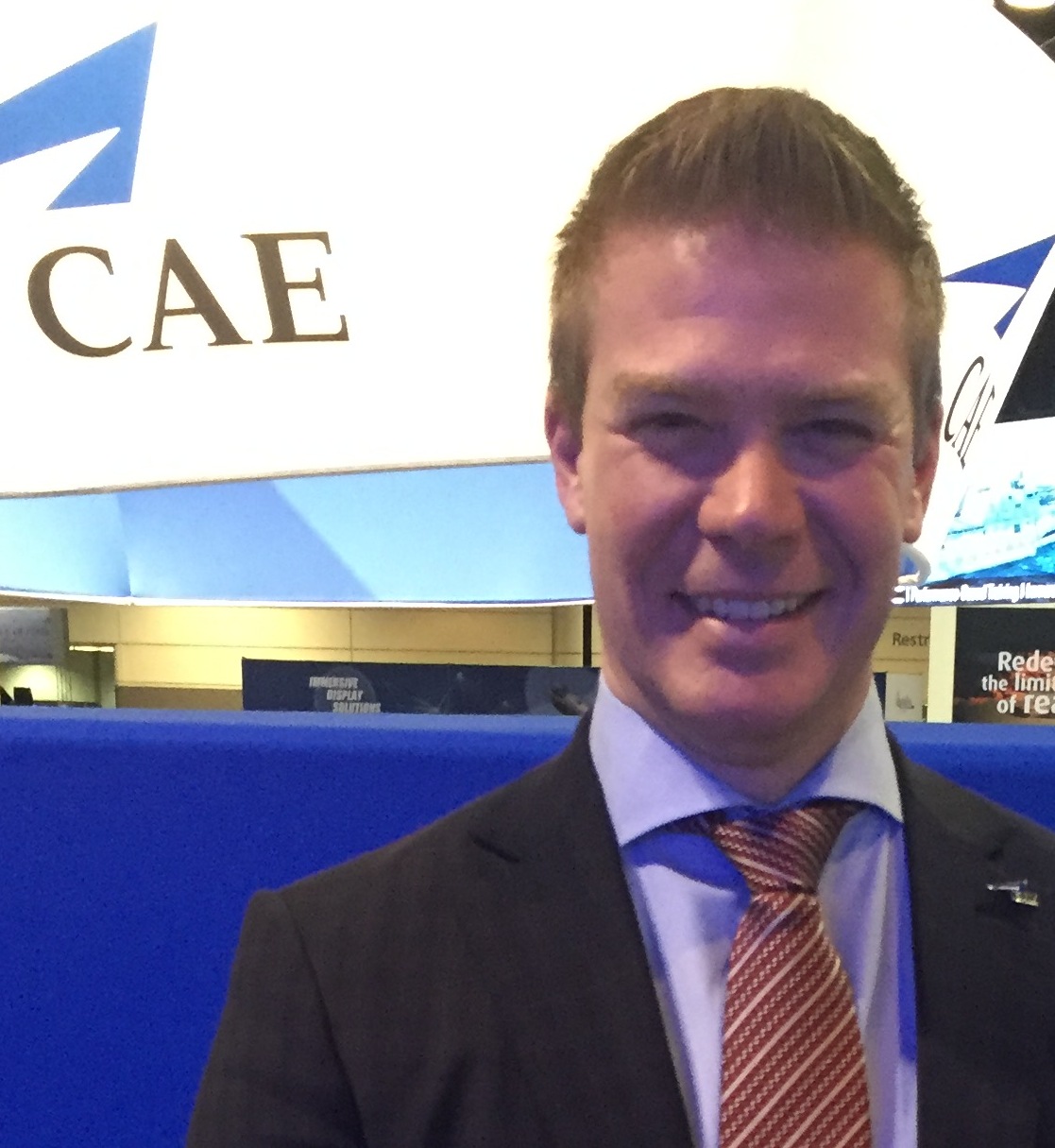FIGHTING THE REGIONAL BENEFITS BATTLE
BY PETER DIEKMEYER
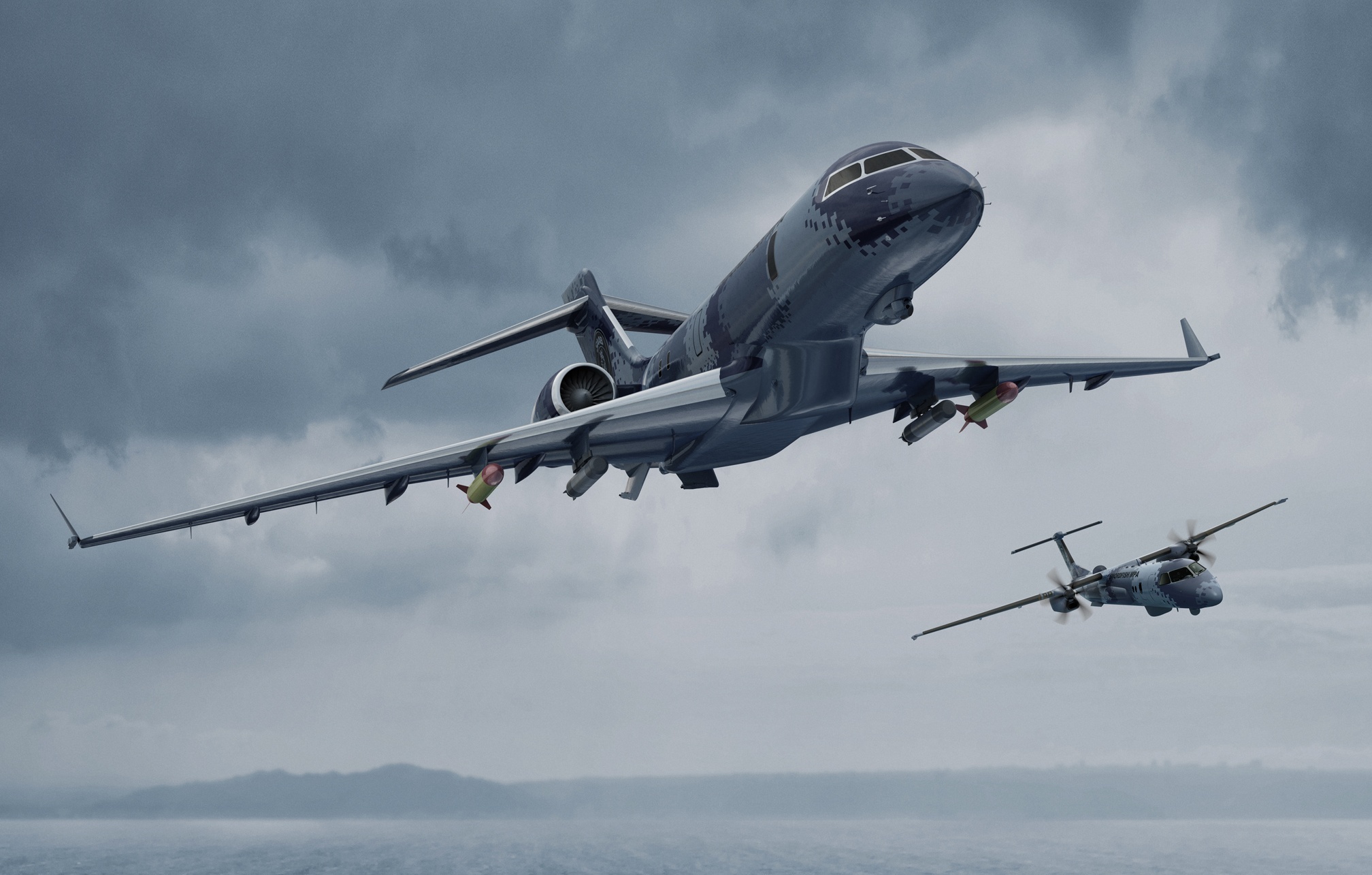 Suzanne Benoit, president of Aero Montreal, recently hosted a press conference to honor Pratt & Whitney’s recent completion of its 400th engine for the Airbus C-295. The event also served to remind the public of Quebec about the additional content that will be included because of the government’s recent FWSAR (Fixed Wing Search and Rescue Aircraft) contract deal.
Suzanne Benoit, president of Aero Montreal, recently hosted a press conference to honor Pratt & Whitney’s recent completion of its 400th engine for the Airbus C-295. The event also served to remind the public of Quebec about the additional content that will be included because of the government’s recent FWSAR (Fixed Wing Search and Rescue Aircraft) contract deal.
But, the event was a rarity of sorts. Unlike Western Canada, Ontario and Atlantic Canada, Quebec does not have a regional defence association to represent the defence industry’s interests. The upshot is that many of the province’s defence players feel that they have been short-changed on contract awards in areas ranging from aerospace, to naval shipbuilding and SME participation. Benoit and Aero Montreal have been increasingly stepping up to fill in the gap. “We have to make sure that (Quebec industry is) not penalized,” says Benoit. “The opportunities are unbelievable, so we had to contribute.”
During the coming months, Aero Montreal - nominally an aerospace lobby group, - will be setting up an online defence portal - funded by the Quebec government - that will provide larger primes with a ready database of small businesses that they can partner with to meet the federal government’s 15% SME participation value proposition guideline. However, in addition to aerospace providers, the portal will also list naval, land and C4ISR companies. Aero Montreal has also named Sylvain LeFrancois to head its defence work group, and will push harder to find new ways to get defence providers working together.
L-3 MAS 30TH ANNIVERSARY SIGNALS KEY TURNING POINT
These moves couldn’t have come at a better time. Quebec’s aerospace and defence sector continues to reel from a series of challenges, ranging from layoff announcements by Bombardier to continued sluggishness in federal procurement. On the bright side, Quebec has enormous capabilities that could be put to good use. One example is the Mirabel facility where L-3 MAS provides long-term maintenance and support for Canada’s aging CF-18 Hornet fighters. The company which last month celebrated the 30th anniversary of the initial contract award is itself at a turning point, as the Canadian government ponders replacement possibilities.
Jacques Comtois, L-3 MAS’s vice-president and general manager isn’t providing any advice publicly, but stresses a key element that made the CF-18 deal such an attractive option for Canada: its “historic decision,” to buy the intellectual property rights along with the actual aircraft. This enabled L-3 MAS to not only service the Canadian models of the aircraft, but also to make improvements and to export its expertise.
“It was a crucial decision which enabled us to provide hundreds of millions of dollars of economic benefits to local communities over the years,” says the Royal Canadian Air Force veteran. “We have also done significant F-18 in-service support export work for countries ranging from Switzerland, to Australia and the United States.” L-3 MAS’s announcement earlier this year that it would be doing depot level maintenance for the US Navy’s F/A-18 fleet, including aircraft inspection, modification and engineering support, has given new life to the Mirabel operation, which has recently been hiring and retraining staff to take on the new work.
MARINVENT PROVIDES TOOLS FOR GOVERNMENT PROCUREMENT
One of the biggest steps that the Canadian government could take to boost Canada’s aerospace sector – particularly on the defence side, would be to sharpen sluggish and inept procurement processes, which are shaping up to be a bi-partisan failure. The Harper Government famously joined Lockheed Martin’s F-35 development initiative, without properly assessing program costs, nor, more importantly, making sure that Canada would secure intellectual property rights or offset benefits.
However, in recent weeks Justin Trudeau’s Liberal regime, which has been showing signs that it is backing away from its pledge to hold a “fair and open competition,” for the new jets, could prove to be not much better. According to one expert, the Canadian government’s challenges are totally understandable. “Aircraft procurement is extremely complex,” says Phil Cole, vice-president (business development) at Marinvent. “There are many interests involved, and, because, by definition, large scale hardware procurements are generally “once in a career” occurrences, the needed skill sets often atrophy, or move on.”
Earlier this year Marinvent announced the launch of CertCenter Canada, which Cole bills as Canada’s “first independent research, development, flight test and certification center,” a unit that will help aerospace companies to reduce the costs and challenges associated with flight certification. The center will simultaneously provide governments with a useful tool to help streamline procurement.
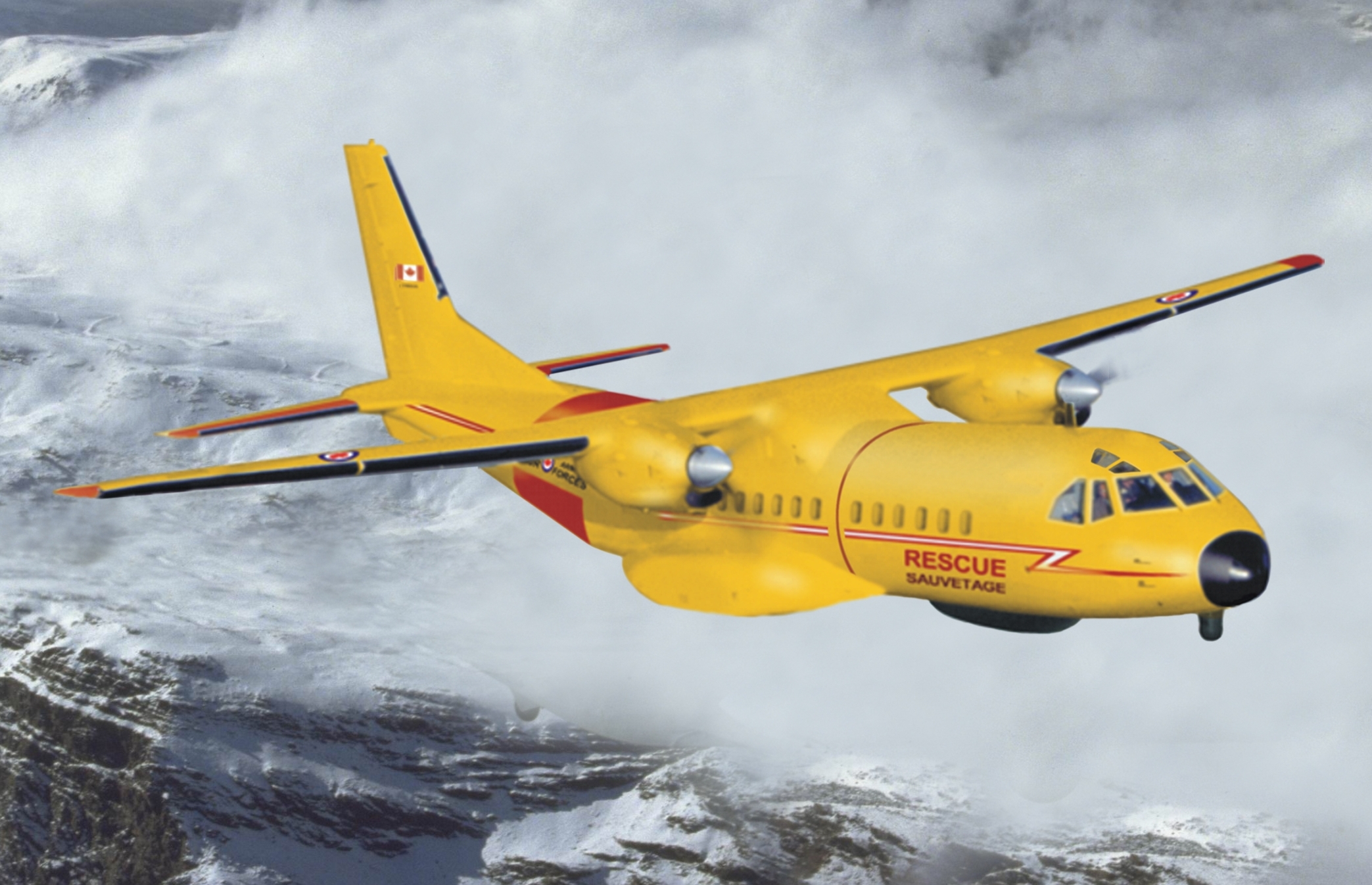 PRATT & WHITNEY CANADA SCORES BIG WITH FWSAR WIN
PRATT & WHITNEY CANADA SCORES BIG WITH FWSAR WIN
One of the biggest winners from the Quebec defence sector’s quiet approach is Pratt & Whitney Canada itself, which has received numerous defence-related offset contracts over the years. Pratt & Whitney Canada, which is one of the biggest private sector employers in the province (4,700 of its 5,850 Canadian jobs are located in Quebec) will certainly profit from the recent Airbus win in the hard fought FWSAR competition as it already supplies engines for C295W aircraft.
Pratt & Whitney Canada’s contribution to the Airbus team for FWSAR was considerable because the company supplies engines for C295 aircraft worldwide – not just for the Canadian program.
However, business flowing to P & WC from the 16 aircraft FWSAR order will provide a healthy boost to the engine maker’s order book in the coming years. In fact, P & WC, as CDR learned on a visit to a company-wide media briefing in West Palm beach a couple of years back, is a very important and valued member of the Pratt & Whitney corporate family, providing approximately 25% of the group’s business. Also, former leaders of the entire Pratt & Whitney Corporation have come from the Quebec operation which we see as testimony to the confidence the corporation has in its well-run Quebec operation.
And, although it’s not generally known, this company’s defence footprint is considerable. In addition the above mentioned work for Airbus, Pratt & Whitney Canada’s turbofan engine powers the new Avenger UAV (drone) from General Atomics and its products can be found on a host of other military platforms including the engines powering the Bell CH-146 helicopter operated by the Canadian Forces. Of course, Pratt’s US parent produces engines for the Lockheed Martin F-35 fighter jet, a factor that could potentially lead to further offset benefits for the Quebec facility if Canada decides to go that route down the road.
JOE ARMSTRONG NOW HEADS UP CAE CANADA
The big news at CAE’s Canadian operations is the promotion of Joe Armstrong to vice-president (general manager) at CAE Canada, replacing Mike Greenley, who left to take on the presidency of L-3 WESCAM in Burlington, Ontario. Armstrong will have big shoes to fill. Insiders say that Greenley had been instrumental in growing CAE’s domestic sales during his tenure, a trend that could continue if the company plays its cards right.
And, as with Pratt & Whitney Canada, CAE too will benefit from the Airbus win on the FWSAR competition. CAE has also partnered with Draken International to offer next-generation aggressor and adversary air solutions on programs such as the Canadian government’s Contracted Air Training Services (CATS) program, which is currently up for review although now delayed for almost a year sources have told CDR. More ambitiously, CAE is looking to build its naval footprint by offering a comprehensive, fully-integrated training system to the Royal Canadian Navy for the Canadian Surface Combatant (CSC) program.
However, CAE’s biggest impact on Quebec’s defence industry stems from the fact that nearly half of CAE’s 8,000 employees are based in-province. Many of these highly skilled engineers and technicians spend much of their time on work related to contracts that are serviced, shipped or fulfilled outside the province and even outside the country. In a call with analysts earlier this month CAE’s CEO Marc Parent said that those opportunities could grow much more during the coming years, as global defence forces outsource non-core capabilities to focus efforts on front line troops.
SPECIAL MISSION AIRCRAFT FROM BOMBARDIER
In recent weeks, signs of new momentum, including a major new bond offering, and pushes into new markets have been in the offing at Bombardier. The company continues to reel from an October announcement that it would lay off 7,500 employees. These come on top of 7,000 job cuts announced earlier this year. However senior Bombardier officials are working to find new ways to hire some of them back.
For example, Stéphane Villeneuve, vice-president of the Bombardier Specialized Aircraft division (see CDR’s profile in Vol 22, issue 3, 2016), continues to develop niches for the company’s CRJ regional jets, Q-Series, turboprops, Learjets, Challengers and Global and C Series jets in a variety of defence, maritime patrol, search and rescue, medical evacuation, VIP passenger transport and other roles.
Over the longer term, Bombardier’s future continues to be linked to the aforementioned C Series narrow-body, medium range jets, which Villeneuve says also have special mission applications including head of state travel and as a platform for larger more complex operations. Longer term, rebounding oil prices - which at press time were trading in the USD $45 per barrel range, - could also provide momentum for the fuel-efficient aircraft.
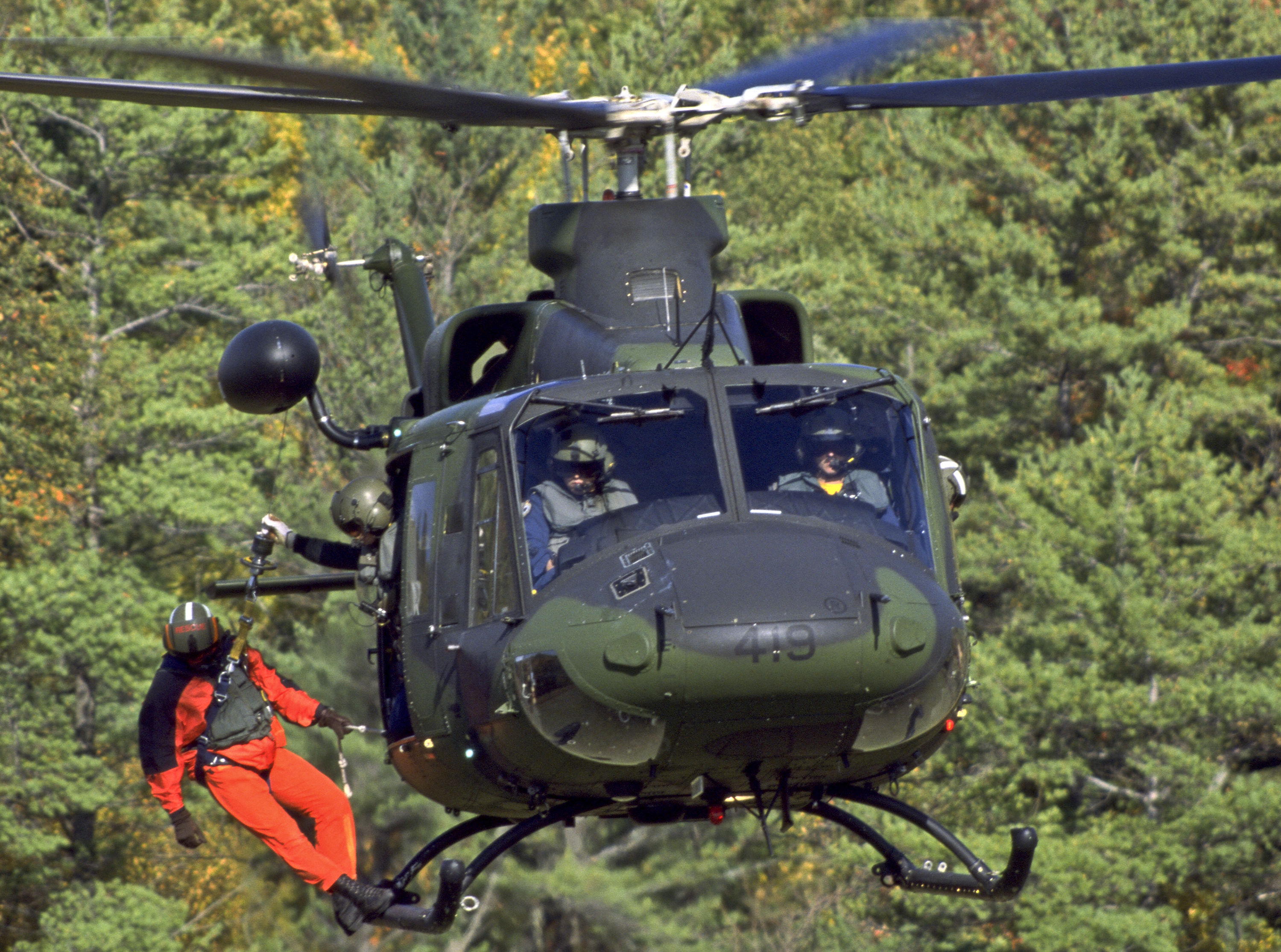
BELL HELICOPTER IN MIRABEL MAINTAINS GRIFFON HELICOPTER
Another long-time contributor to Canada’s defence strategy is Bell Helicopter, whose 900 employees are mostly located at its Mirabel plant, just north of Montreal. Now, headed by Cynthia Garneau, who took over the presidency earlier this year amid a tough time in the industry, the company’s primary focus is on the production of commercial helicopters, a category in which sales this year are projected to plunge to just half of what they were in 2013. Defence related work, notably an Optimized Weapons System Management contract to maintain 83 Griffon helicopters for the Canadian Forces, has helped staunch the bleeding.
Bell Helicopter is also in the process of modernizing the Canadian Coast Guard’s rotorcraft fleet. The process includes production of 15 Bell 429s and seven Bell 412 EPIs which will begin shipping in the coming months. Garneau also notes that DND ought to be taking a closer look at the new V280, an upgraded version of the Bell-Boeing V-22 Osprey, which is being developed at its US facilities.
PROJECT RESOLVE AHEAD OF SCHEDULE AT DAVIE
The big Quebec news on the naval front comes from Davie Shipbuilding which John Schmidt, the company’s vice-president (commercial), says is making good progress on Project Resolve, a bid to convert a decommissioned tanker into an AOR vessel. “We are progressing well and are 10% ahead of schedule to complete vessel construction,” Schmidt told CDR. “We also continue to offer the government interim solutions for icebreakers as well as humanitarian aid and disaster relief vessels.”
The Harper Government famously left Quebec high and dry when it awarded prime contractor roles for the multi-decade NSS (National Shipbuilding Strategy) contracts to yards in British Columbia and Atlantic Canada. However, Schmidt argues that current shipbuilding programs are overburdened and cannot supply the full construction capacity required to renew the federal fleet. “Over the last two years, the federal fleet has retired five vessels while none have been delivered,” says Schmidt. “Furthermore, the average age of the larger ships is over 35 years. We need more capacity if we are to maintain capability.”
Schmidt, who was instrumental in helping Davie land the Project Resolve deal, remains puzzled as to why Quebec does not have a defence organization to represent regional interests. “Each sector seems to have a lobby of its own,” says the seasoned industry veteran. However, I can say that we have been welcomed by all (the other) regional associations and participate in their events.”
JSK SEES GROWTH IN SUPPORT SERVICES
Brian March who runs Kaycom and JSK Naval Support, is a major proponent of value proposition guidelines, that call for bidders to allocate 15% of their proposals to small-and medium-sized lower-tier suppliers. March’s foothold in the two different businesses provides him with a perfect platform to assess provincial sector developments. “It’s been difficult on the military side,” says March. “Global spending is under pressure and the change of government has slowed things here as well.”
That said, the government’s release of bid specifications for the design portion of the Canadian Surface Combatant program, has helped build momentum. March has already talked with several combat systems integrators about JSK Naval Support’s torpedo tubes, launcher control panels and “Canadianization” potential. He is also particularly bullish about another government provision which enables SMEs to propose their offerings to different teams bidding on the program. On the Kaycom front, March notes that hardware demand – such as for the company’s optical fire control artillery support products – has slowed, as governments try to hold onto existing systems longer. This however has produced a surge in the need for support services.
INNOVATION DRIVES GROWTH AT LOGISTIK UNICORP
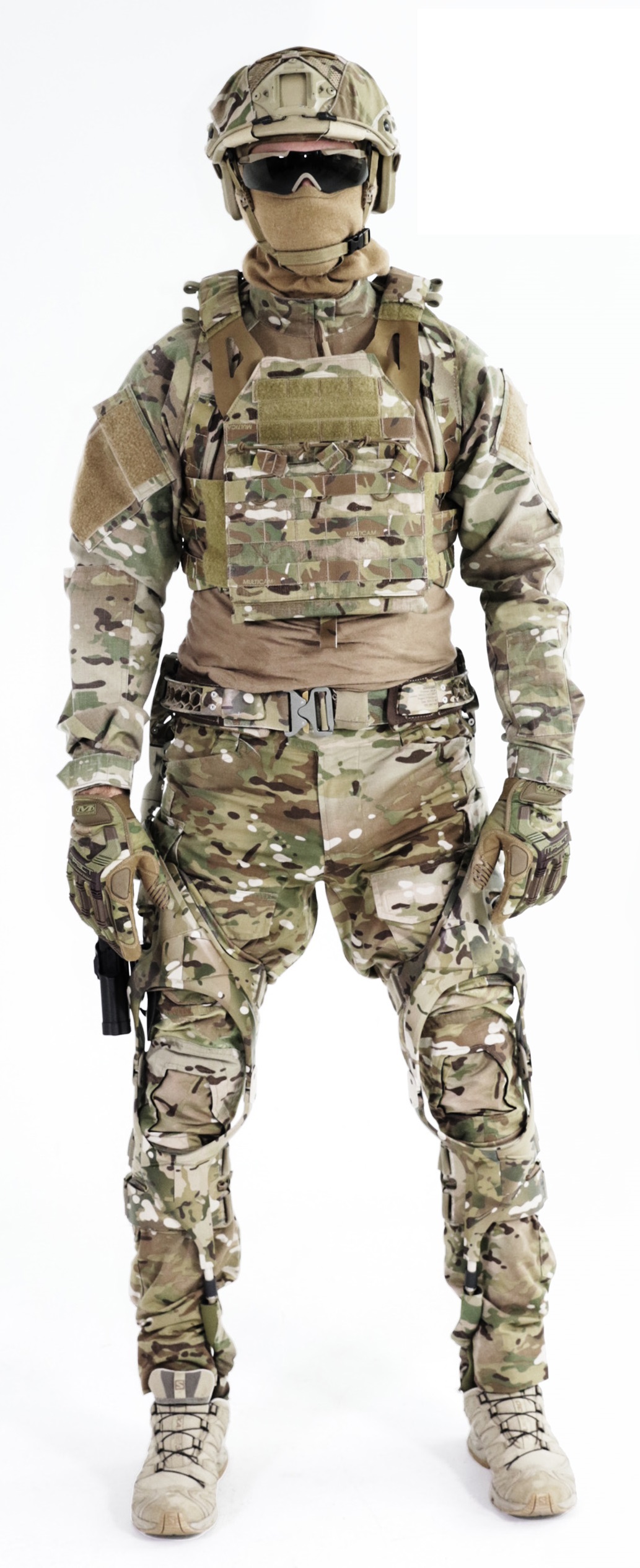 Louis Bibeau, president Logistik Unicorp, agrees that the federal government’s SME policy is forward-looking. “We have always been innovators,” Bibeau says. “But the new procurement rules (which in addition to supporting SMEs, weigh a bid’s export potential, commitments to invest in Canada and innovation potential) provide excellent motivation to take our work the next level.”
Louis Bibeau, president Logistik Unicorp, agrees that the federal government’s SME policy is forward-looking. “We have always been innovators,” Bibeau says. “But the new procurement rules (which in addition to supporting SMEs, weigh a bid’s export potential, commitments to invest in Canada and innovation potential) provide excellent motivation to take our work the next level.”
One example: Logistik Unicorp has been investigating the use of hemp instead of cotton in garments. Company officials say that the project, - funded in part by Sustainable Development Technology Canada (SDTC), - could revitalize the Canadian clothing industry, and open new markets for Albertan, Manitoban, Ontarian and Quebec hemp.
As if that weren’t enough, Logistik’s sister company, Mawashi, recently developed a passive exoskeleton to lessen the burden (reduce the metabolic expenditure when carrying heavy loads) on dismounted soldiers. The new exoskeleton - known as UPRISE™ - transfers the load carried by the dismounted soldier from the upper vertebra to the lower limbs and ultimately to the ground.
TCP CABLE SEES PRIMES NOW SOURCING OUT OF COUNTRY
Mark April, president of TCP Cable, which produces turret and military vehicle cable harnesses, doesn’t see Quebec’s lack of an integrated defence organization as a major obstacle. However, he admits that business has been tough. “We were told (by governments) that Canadian content was the name of the game,” said April. “But we are increasingly seeing primes go outside the country for key sub-contracts and are frankly disappointed.”
This hasn’t been from a lack of trying. “The big guys have been talking to us,” says April “We’ve had meetings with Thales, Rheinmetall and more recently General Dynamics Land Systems, which recently won orders related to Abrams and Stryker work that we hope to contribute to.”
April however, denies that the order shortfall stems from Quebec’s lack of clout and the dearth of defence industry events taking place in Quebec. “WESTDEF in western Canada and DEFSEC in Atlantic Canada are too far away for us to go,” says April. “But Quebec companies are close to Ottawa so if we want to meet clients we can simply go to Best Defence or CANSEC.”
Whether April is right remains an open question. Calculating if Quebec is getting its full share of federal government defence spending would involve simultaneously compiling defence related offset work that industry players such as Pratt & Whitney are racking up. No one CDR spoke to produced data to support this theory.
That said, Quebec has a long history of going its own way on a variety of social, political and cultural issues. It should thus be hardly surprising that the province’s defence businesses should take their own path as well.



